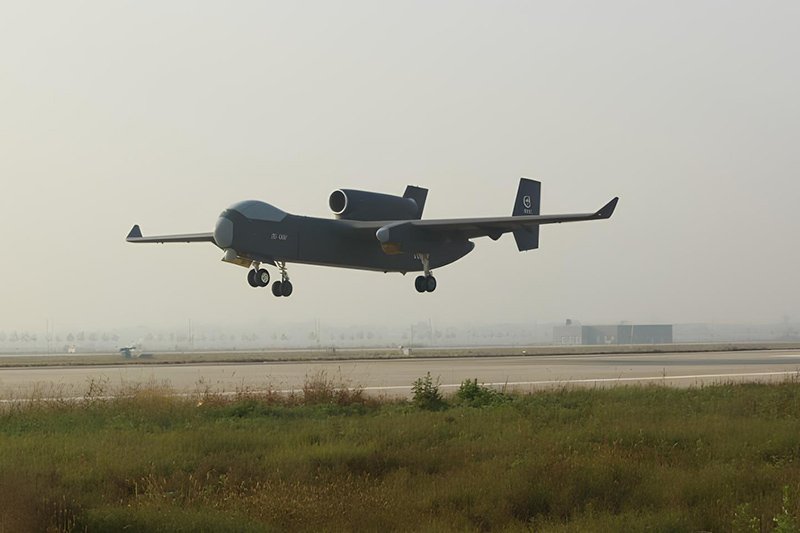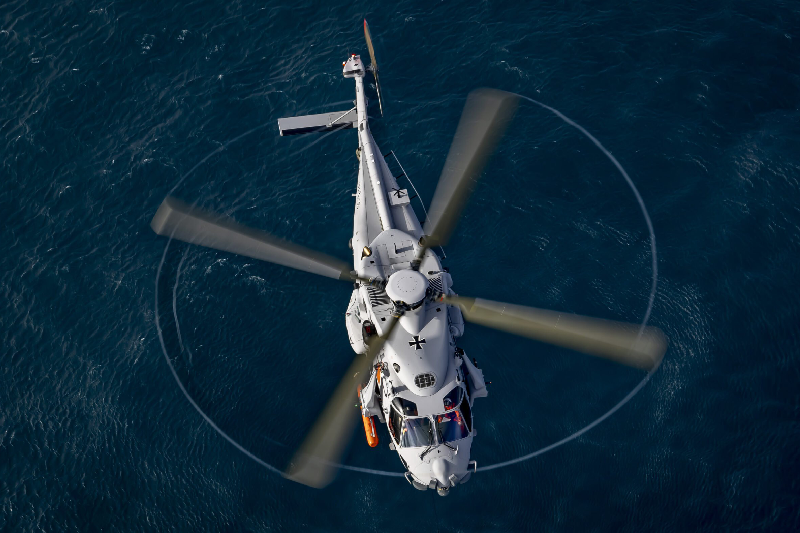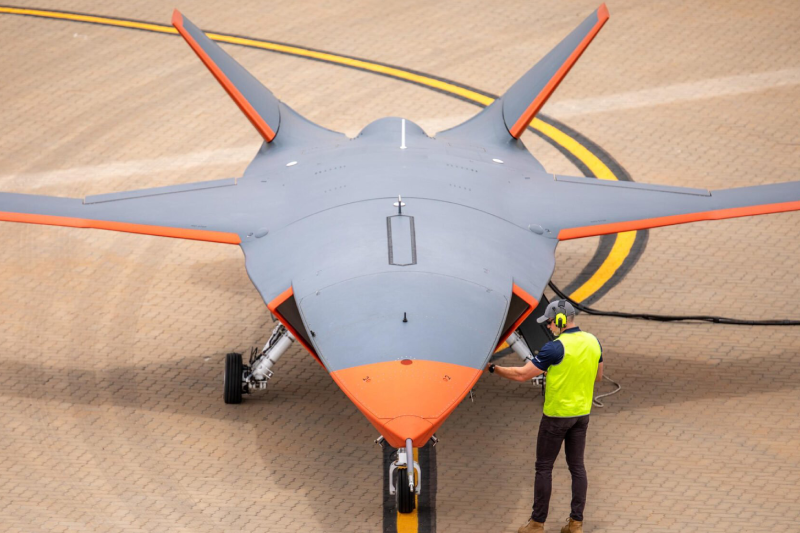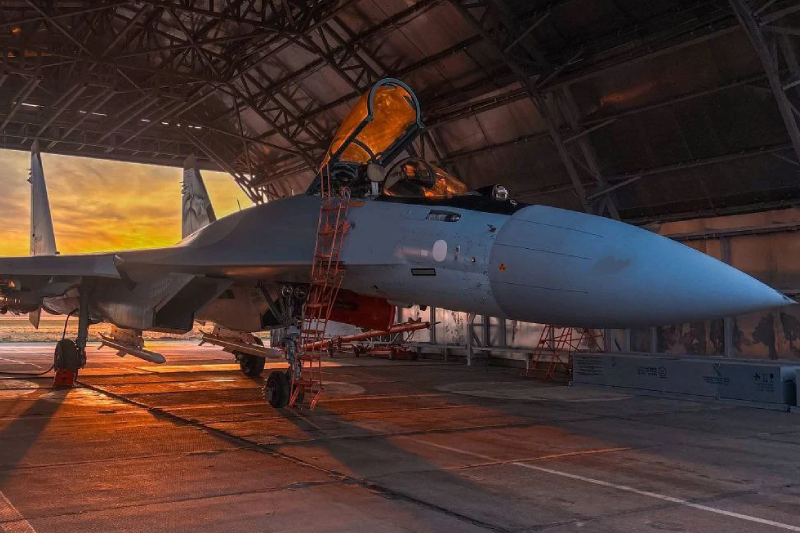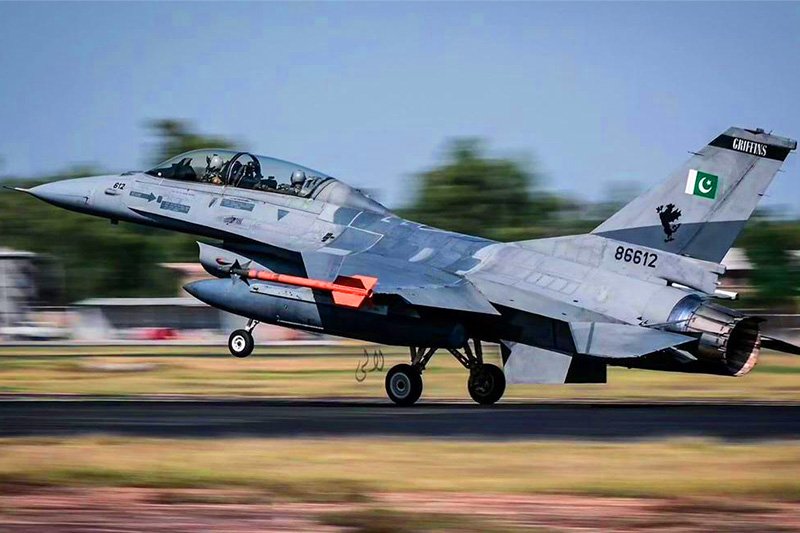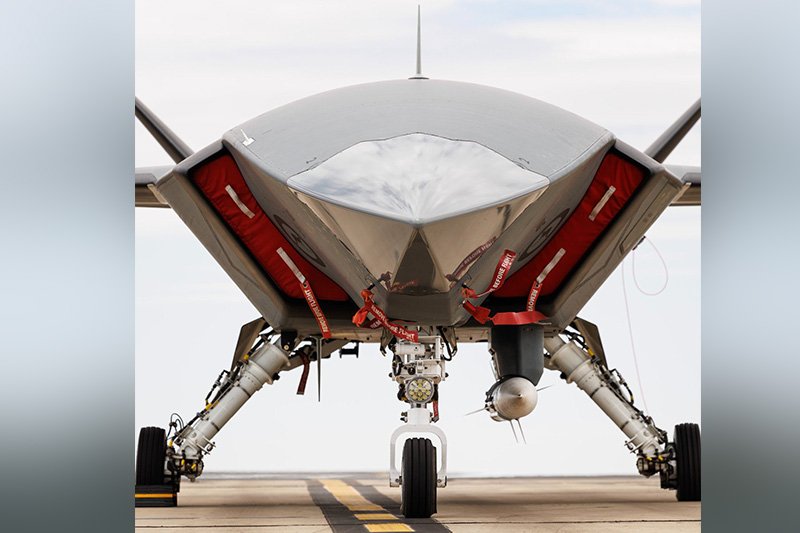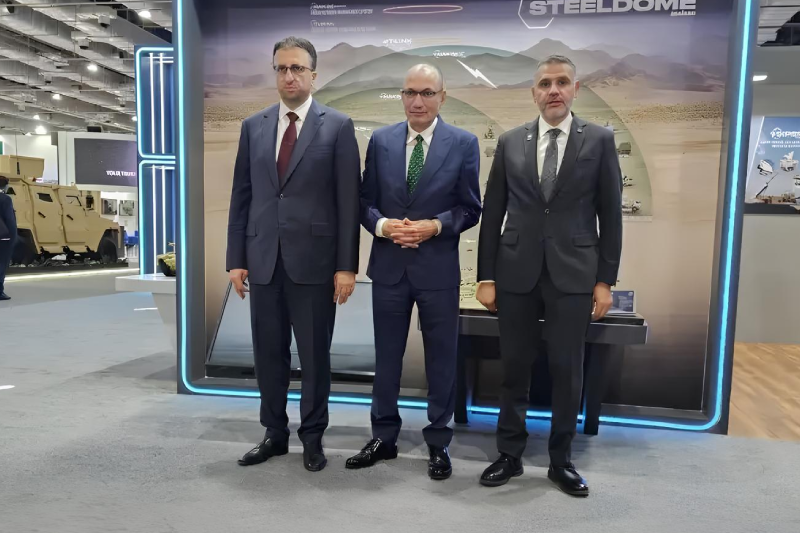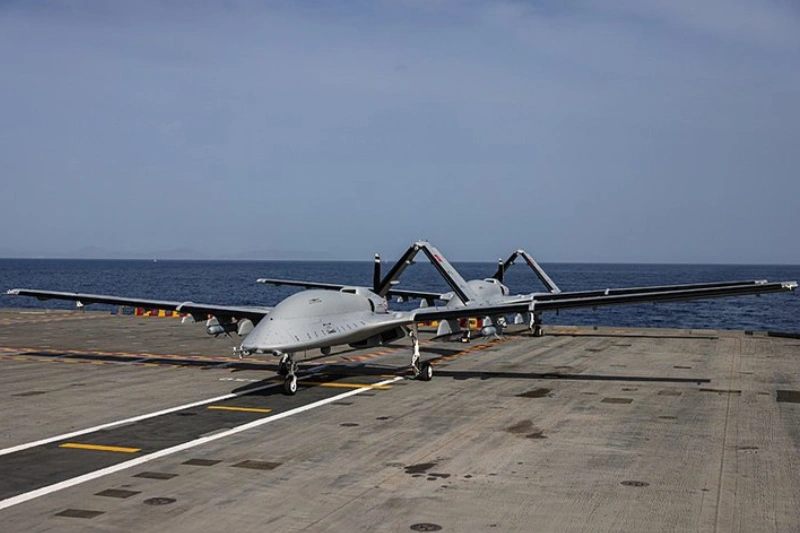Bayraktar TB3 Achieves AI-Powered Carrier Takeoff & Landing
Turkiye Bayraktar TB3 unmanned combat aerial vehicle has achieved a groundbreaking milestone in naval aviation by successfully completing fully autonomous takeoff and landing operations with artificial intelligence assistance aboard the TCG Anadolu naval vessel. This achievement represents a significant advancement in drone technology and establishes new capabilities for carrier-based unmanned warfare systems.
Historic Naval Aviation Breakthrough
Baykar Chairman Selcuk Bayraktar documented the historic moments through social media footage, showcasing the TB3’s AI-supported autonomous operations on Turkiye premier landing helicopter dock. The successful demonstration marks the first time a drone of this class has achieved fully autonomous carrier operations using advanced artificial intelligence systems.
The Bayraktar TB3 has accumulated impressive operational statistics with 1,080 hours and 14 minutes of total flight time across comprehensive testing programs. The indigenous drone completed 551 sorties during extensive testing phases, with 42 sorties specifically conducted aboard the TCG Anadolu vessel under various operational conditions.
A remarkable endurance demonstration on December 20, 2023, saw the TB3 remain airborne for 32 continuous hours while covering 5,700 kilometers, showcasing exceptional operational capabilities and reliability for extended maritime missions.
World Aviation History Milestone Achievement
The Bayraktar TB3 created aviation history with its inaugural successful test flight aboard the TCG Anadolu on November 19, 2024, while the vessel operated off Aksaz, Mugla. This achievement established the TB3 as the first drone of its class capable of operating from short-deck naval vessels without external landing assistance.
Subsequent flight tests conducted on November 26, 2024, confirmed the system’s reliability and established operational procedures for routine carrier-based operations. The successful completion of these tests validated the TB3’s design specifications and autonomous flight control systems.
The autonomous landing capability eliminates the need for traditional carrier landing assistance equipment, representing a revolutionary advancement in naval aviation technology and operational efficiency.
Advanced Combat Capabilities Demonstrated
The TB3 has proven exceptional combat effectiveness through comprehensive weapons testing programs. On March 25 and 27, 2025, the drone achieved direct hits on maritime targets using Roketsan’s IHA-122 supersonic missile system, demonstrating precision strike capabilities in naval environments.
The March 27 test particularly showcased advanced tactical coordination when the TB3 successfully destroyed a 6×6 meter curtain target while operating below line-of-sight altitude. Target designation was provided by a Bayraktar TB2 drone using laser marking technology, demonstrating sophisticated multi-platform coordination capabilities.
These coordinated mission tests validated the TB3’s integration with existing Turkish drone systems and established protocols for complex multi-platform operations in contested environments.
Operational Excellence in Naval Exercise Deployment
During the ongoing Seawolf-II/2025 naval exercise, two Bayraktar TB3 drones designated PT-3 and PT-4 launched from the TCG Anadolu and successfully engaged designated ground targets using Roketsan’s MAM-L munitions. This operation marked the first deployment of TB3s in fully loaded combat configuration.
Each drone carried a substantial 162-kilogram payload, including two MAM-L smart micro munitions weighing 22 kilograms each and an advanced Aselfir-600 sensor system. The comprehensive payload configuration demonstrates the TB3’s versatility for diverse mission requirements.
The drones utilized Aselsan’s indigenous ASELFLIR-500 electro-optical targeting system to detect and engage targets with precision accuracy before safely returning to the carrier. This successful operation validated the TB3’s complete mission cycle capabilities in realistic operational scenarios.
Technical Innovation and Design Excellence
The Bayraktar TB3’s foldable wing design and beyond-line-of-sight communication capabilities provide Turkiye with significant operational advantages for long-range reconnaissance, surveillance, intelligence, and strike missions against overseas targets. The innovative wing folding mechanism enables efficient storage and deployment on space-constrained naval platforms.
Previous weapons integration efforts demonstrated system versatility through successful test fires with Roketsan’s MAM-T munitions on January 17, 2025. The TB3 launched from Baykar’s Flight Training and Test Center in Kesan and conducted direct-hit strikes, validating weapons integration protocols.
Additional operational validation occurred in April 2025, when the drone performed four sortie missions to the TCG Anadolu while the vessel sailed through the Gulf of Saros, further confirming naval operational capabilities under varying sea conditions.
Indigenous Technology and Manufacturing Excellence
The Bayraktar TB3 represents Turkiye advanced unmanned combat aerial vehicle capabilities as a carrier-based medium-altitude long-endurance platform developed by Baykar Technologies. The drone’s design specifically accommodates operations from short-runway vessels like the TCG Anadolu.
The TB3 utilizes the domestically produced TEI PD-170 engine, providing enhanced performance and reliability while supporting Turkiye defense industry independence objectives. Maximum takeoff weight reaches 1,450 kilograms with payload capacity up to 280 kilograms, enabling diverse munition configurations.
The indigenous ASELFLIR-500 electro-optical reconnaissance, surveillance, and targeting system provides advanced strike capabilities while maintaining technological sovereignty in critical defense systems.
Strategic Impact on Naval Warfare
The TB3’s successful autonomous operations establish new paradigms for carrier-based drone warfare and enhance Turkiye naval operational flexibility. The system’s ability to operate independently from traditional carrier infrastructure reduces operational costs while increasing mission effectiveness.
The autonomous AI-assisted capabilities enable sustained operations in contested environments where traditional manned aircraft face increased risks. This technological advancement positions Turkiye among leading nations in naval drone warfare capabilities.
Also read this: Turkiye Aselsan Ranks 18th Globally in Defense Companies
Global Defense Industry Implications
The Bayraktar TB3’s achievements demonstrate Turkiye growing prominence in advanced unmanned systems development and naval aviation technology. The successful integration of artificial intelligence with autonomous carrier operations sets new industry benchmarks for naval drone capabilities.
International defense markets will likely see increased demand for similar autonomous naval drone systems as militaries recognize the operational advantages demonstrated by the TB3 program.
The Bayraktar TB3’s successful AI-assisted autonomous takeoff and landing operations aboard the TCG Anadolu represent a watershed moment in naval aviation and unmanned warfare technology. Turkiye achievement in developing indigenous autonomous carrier-capable drones establishes new operational possibilities while demonstrating advanced technological capabilities. As the TB3 continues operational testing and deployment, it will likely influence global naval drone development and reshape maritime warfare doctrines worldwide.
Keep connected with us at Facebook, Twitter, YouTube, Instagram & TikTok for latest defense happening around the globe.
Discover more from International Defence Analysis
Subscribe to get the latest posts sent to your email.


